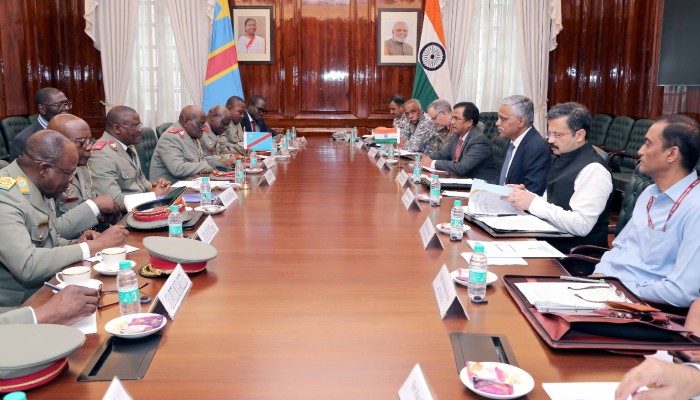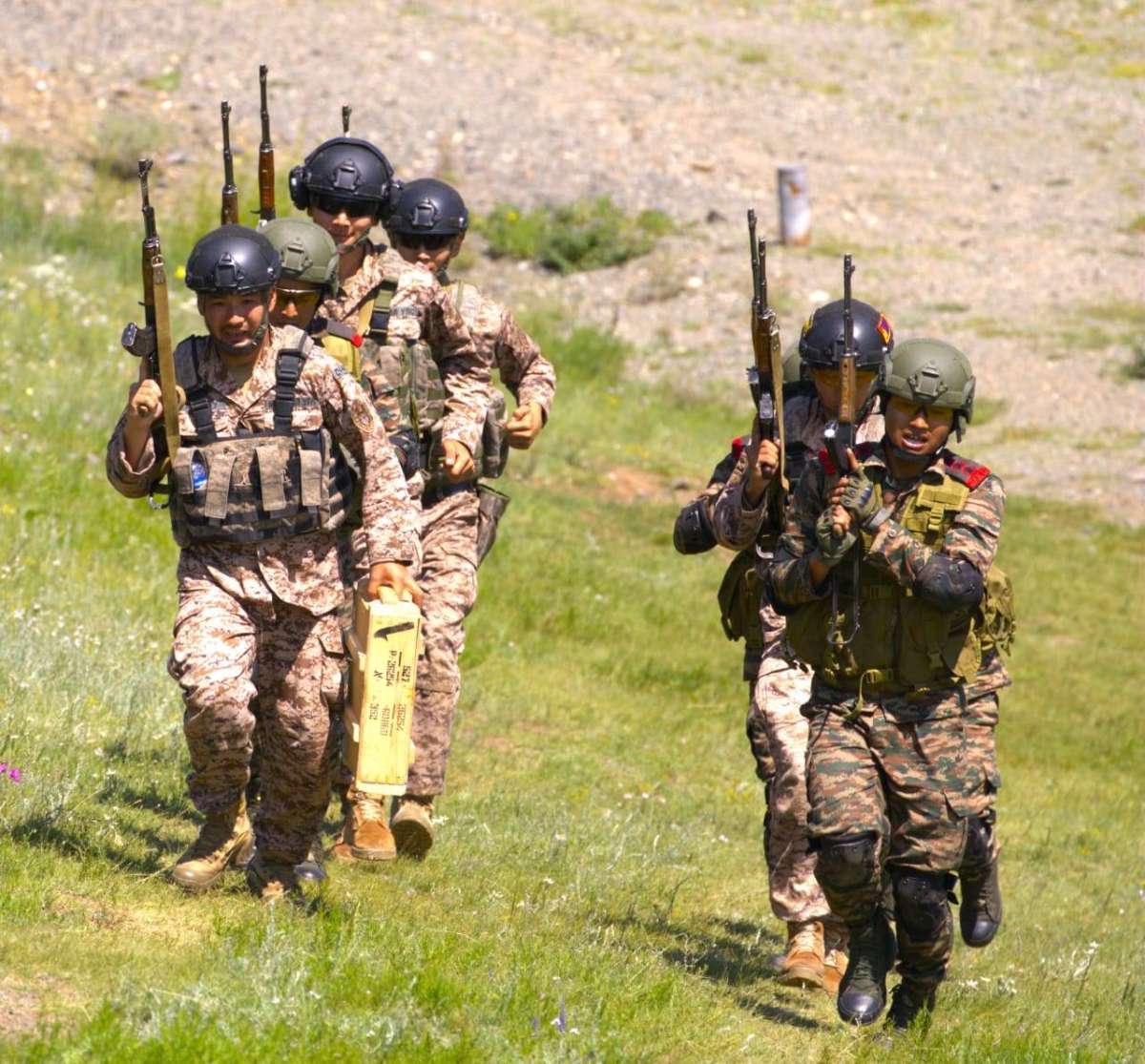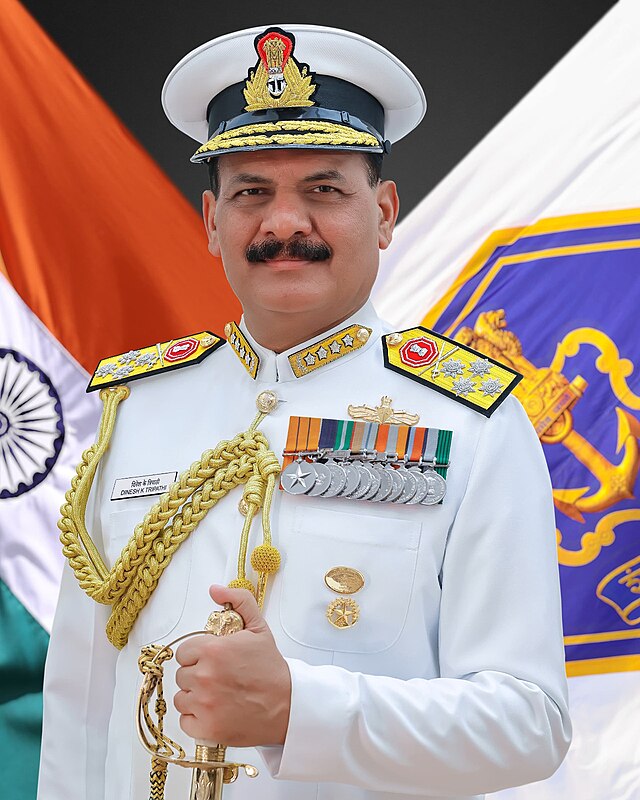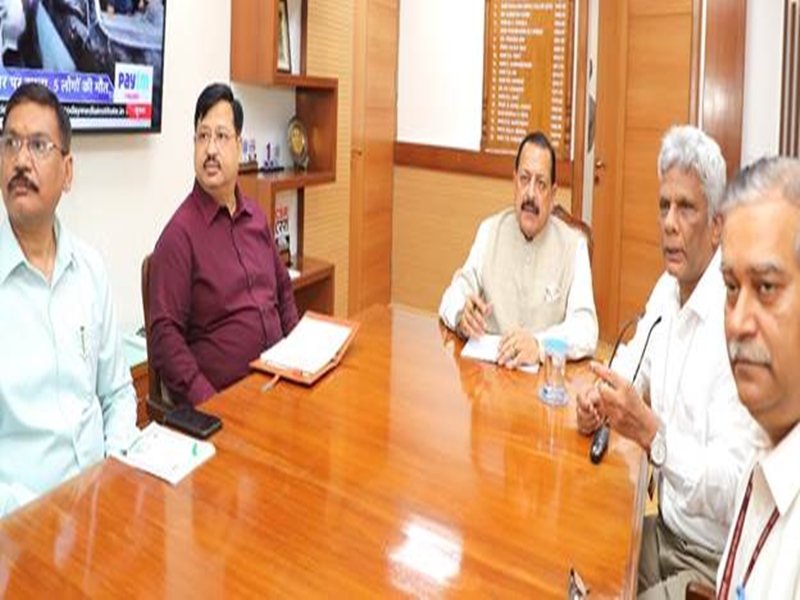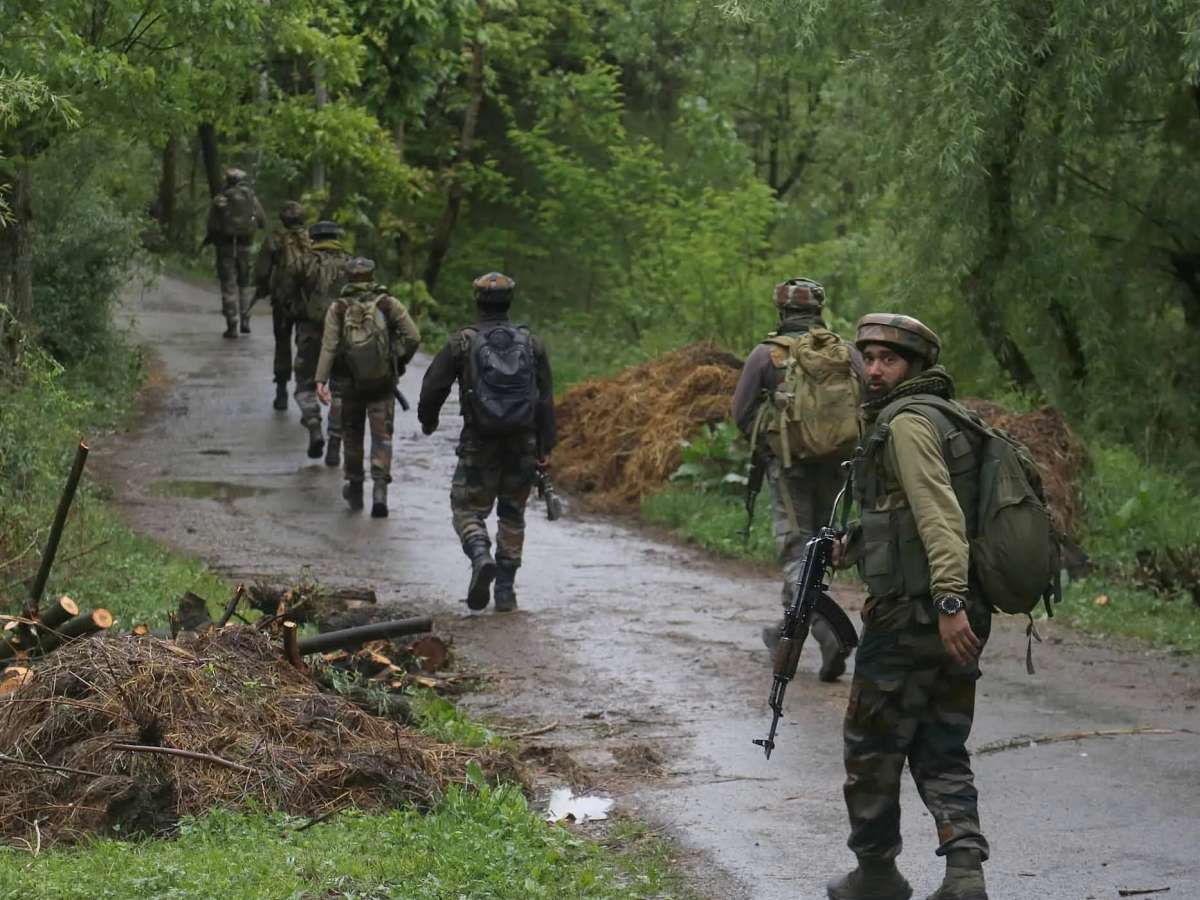The issue figured prominently at the First Secretary-level meeting between the Defence Ministries of India and the DRC held in New Delhi on July 5, 2024….reports Asian Lite News
In another demonstration of India’s growing engagement with African nations, top defence officials have held discussions with their counterparts from the Democratic Republic of Congo (DRC) on the co-production and co-development of weapon systems. This is significant given that the Congolese side is looking at modernising their armed forces.
The issue figured prominently at the First Secretary-level meeting between the Defence Ministries of India and the DRC held in New Delhi on July 5, 2024.
The meeting was aimed at identifying areas for collaboration to fulfil the potential of defence cooperation between the two countries, the Ministry of Defence said. Detailed discussions were held to promote cooperation in training and the defence industry.
The Indian delegation used the opportunity to highlight the significant progress made by its domestic defence industry. “The DRC side shared the need for modernisation of their Armed Forces. They expressed confidence in the capability of the India defence industry and suggested areas of co-production and co-development,” the Ministry of Defence said.
The Indian delegation was led by Defence Secretary Giridhar Aramane and included senior officers of the Ministry of Defence, Ministry of External Affairs and the Armed Forces. The Congolese delegation was led by the Permanent Secretary of Defence, Ministry of Defence, DRC Major General Lukuikila Metikwiza Marcel and included senior officers from the Ministry and a representative of the Embassy of DRC in India.
While in New Delhi, the Congolese delegation also called on Army Chief General Upendra Dwivedi. The visit is expected to open up new avenues for defence cooperation between the two countries, the Ministry of Defence said.
The meeting came less than three months after the First Foreign Office Consultations (FOC) between India and Democratic Republic of Congo (DRC) held in New Delhi on April 10, 2024.
According to the Ministry of External Affairs (MEA), both sides carried out a comprehensive review of the existing bilateral relations including strengthening of cooperation in trade and economic relations, mining, agriculture, development partnership, defence, science & technology, digital public infrastructure, green energy, culture, and people-to-people ties.
They also exchanged views on regional and international issues of mutual interest, including cooperation in the UN and other multilateral fora, the MEA added.
India enjoys cordial and friendly relations with the DRC. India was among the first countries to establish a diplomatic mission in Kinshasa in 1962. The bilateral trade between India and DRC is growing at a healthy rate and has increased from US$ 321 million in 2018-19 to US$ 845 million in 2022-23. (India News Network)

